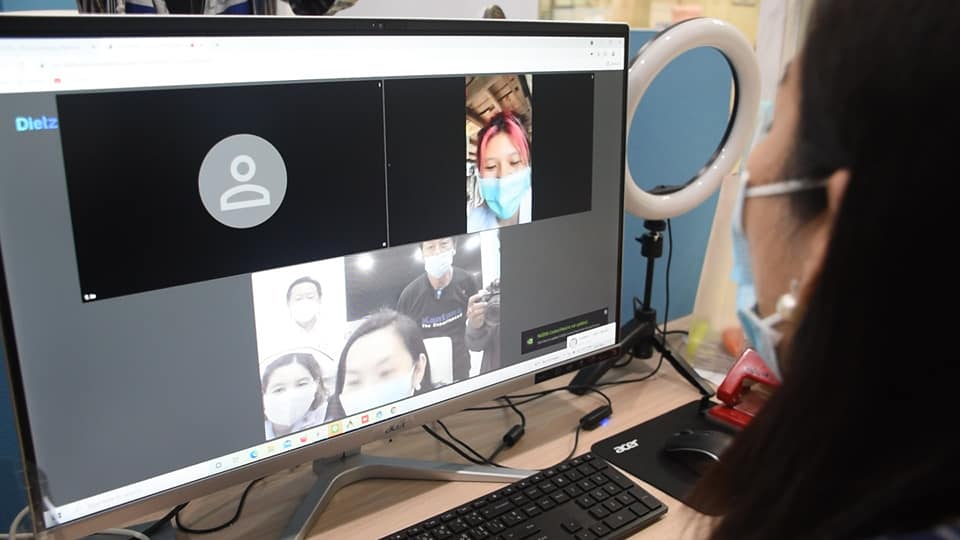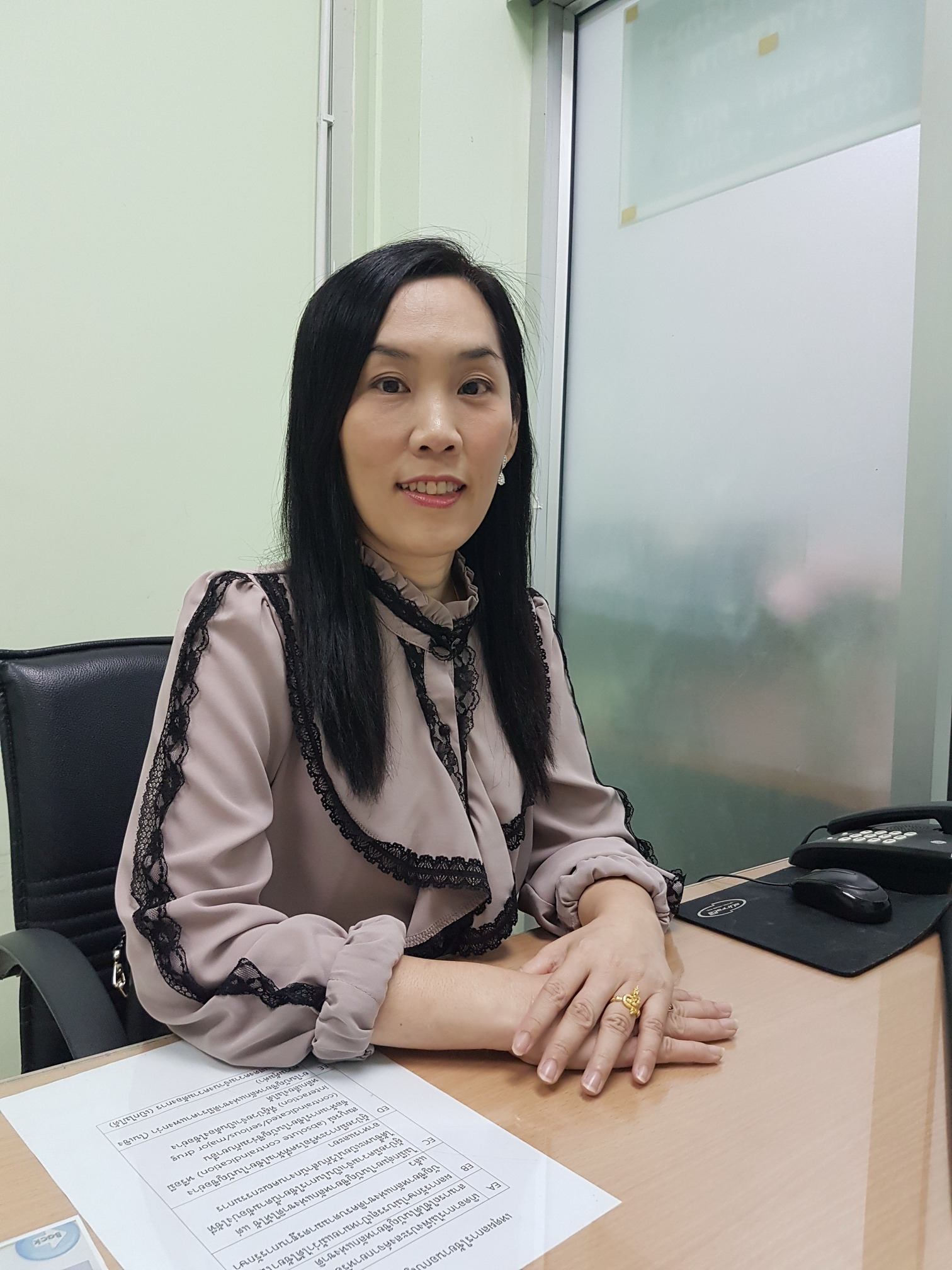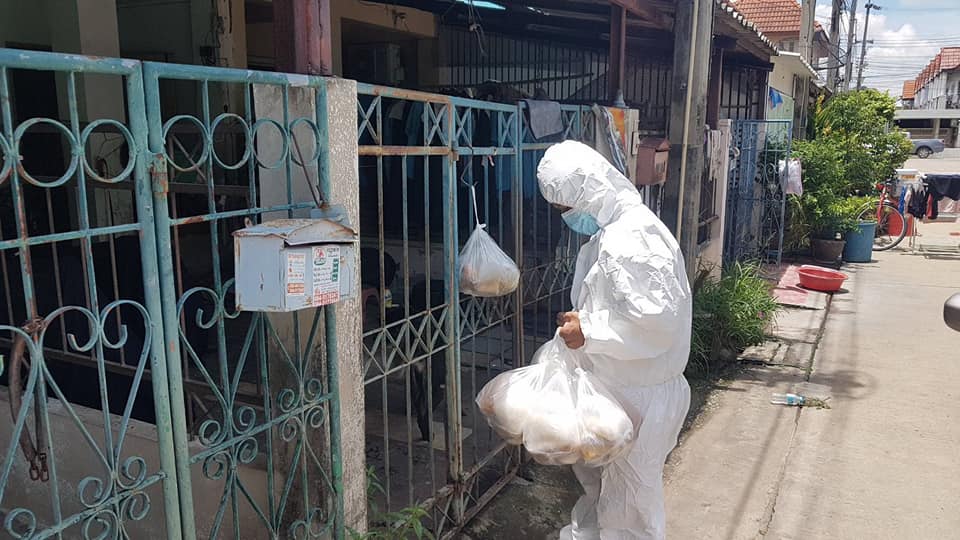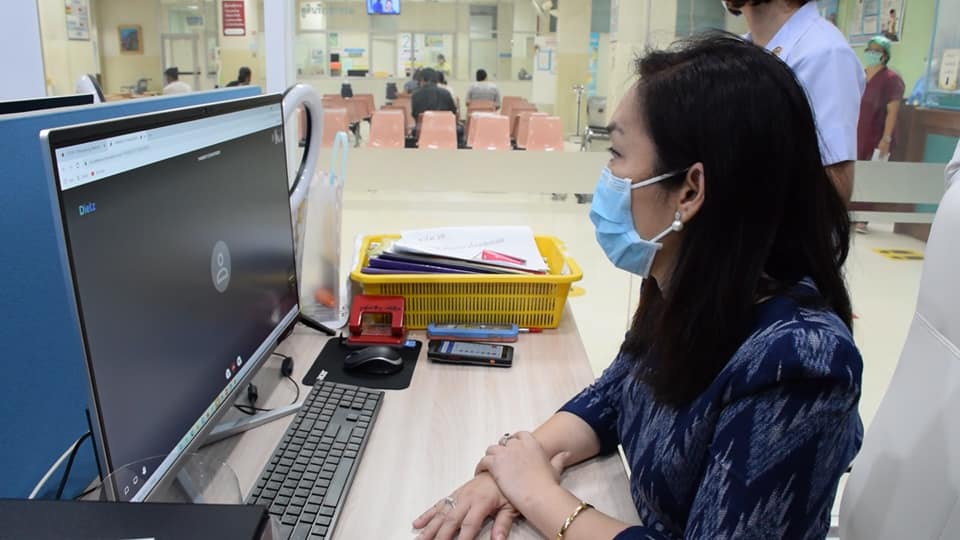
- Home
- DescriptionNews
Home isolation improves healthcare resource management: A case study of Phra Nakhon Si Ayutthaya Hospital

Home isolation improves healthcare resource management:
A case study of Phra Nakhon Si Ayutthaya Hospital
Home isolation program for COVID-19 patients with asymptomatic or mild symptoms helps hospitals manage their resources more effectively while ensuring access to hospital beds for critical cases.

Phra Nakhon Si Ayutthaya Hospital, a regional hospital operated under the Public Health Ministry, is one of many hospitals introducing home isolation programs to coronavirus patients.
Dr Saowalak Chawpontong, an assistant to the hospital’s director, said that the hospital beds had been full because of the recent surge of cases.
This week, the number of new cases in Thailand surpasses 10,000 by the spread of the highly contagious Delta variant.
The discovery of more new cases is also a result of the Public Health Ministry’s approval for the use of antigen test kits in early July, increasing people’s access to COVID-19 tests.
Testing patients with antigen test kits, Phra Nakhon Si Ayutthaya Hospital’s staff finds around 30 new cases each day. Though a field hospital was set up for new cases, said Dr Saowalak, it was full within one day.
To cope with the brimful bed capacity, the hospital staff must initiate the home isolation program for the patients with asymptomatic or mild symptoms, account for 80% of COVID-19 cases.

Patients will receive medicines, meals, aid packages, thermometers, and finger oxygen meters while being isolated at home.
They must measure their temperature and oxygen level, then send the results to hospital staff via Line chat twice a day. Each of them must also fill up a symptom reporting form.
Their information is linked to the hospital database that classifies patients based on the severity level of their symptoms, helping hospital staff notice the patients with worsening conditions and find hospital beds for them.
It also uses COVID Tracker, a telemedicine software developed by Precision Dietz Co. Ltd., to communicate with the patients regularly.
Around 100 cases are under Phra Nakhon Si Ayutthaya Hospital’s home isolation program recently. The program allows the hospital to reserve hospital beds for critical patients requiring intensive care while increasing their chances of survival.
As treating patients at home is new to Thai society, Dr Saowalak said it was crucial to collaborate with family doctors at community clinics to educate people about the necessity and benefit of a home isolation program during the pandemic.

“To achieve a home isolation program, the strength of primary care is vital,” she said.
She added that her hospital staff was planning to run a community isolation program for the patients whose houses’ environment can’t support home isolation.
The program, led by a local administrative organization in collaboration with the district office, involves setting up and managing the community’s isolation facilities.
The hospital staff will provide patients medical supplies and virtual consultants with doctors.

